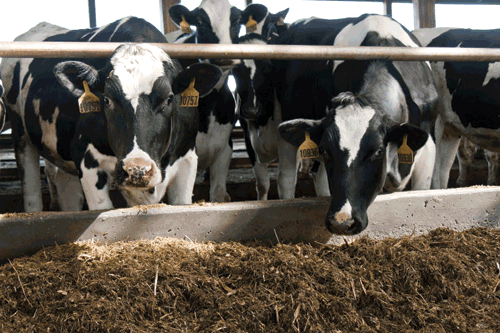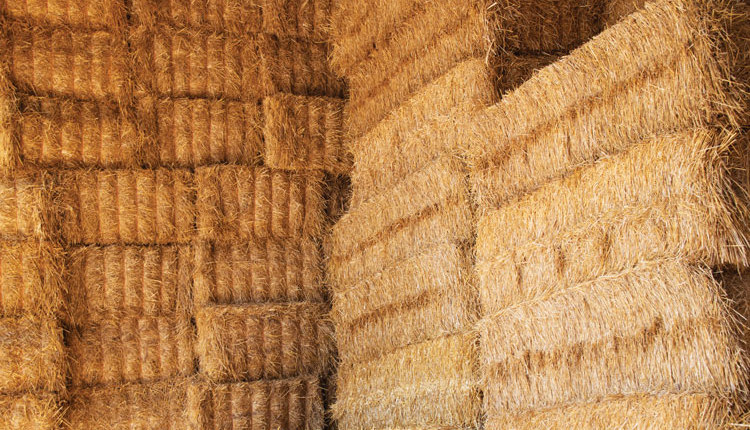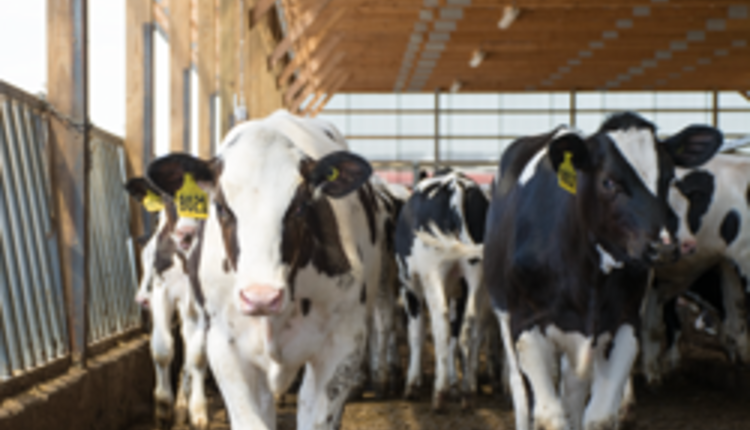
Dairy producers and custom heifer growers alike are all searching for ways to improve efficiency in their calf and heifer raising programs. Greg Bethard, an independent consultant based at Wytheville, Va., who also works for Dairy Records Management System, has worked with producers throughout his career to find ways to improve efficiencies in feeding programs. At the 13th annual Dairy Calf and Heifer Association Conference in Tucson, Ariz., Bethard offered these suggestions to producers to shave costs while not sacrificing performance.

1. Minimize shrink and waste in storage. Reducing shrink and wasted feed is one of the least costly ways to save money on feeding programs. While prices have come down some from 2008 record levels, they still remain above historical averages. When harvesting feed, be sure to adequately pack and cover forages. When feeding out, take extra time to focus more closely on bunker management and bag etiquette. Far too many farms continue to waste feed around the storages from poor handling techniques.
2. Avoid wasted feed at the bunk. Minimizing shrink also applies for when forages are fed out. Bethard recommends a goal of 0 percent weighback on heifer rations. Feed bunk designs should be chosen to limit wasted feed. For a flat feeding surface, that means pushing up feed so they finish it. J-bunks get a little bit trickier. Be careful about feeding a bulky ration in this type of setup. Heifers like to throw feed behind them which wastes a great deal of feed when you're feeding a bulky ration in J-bunks.
3. Avoid overfeeding vitamins, minerals, and protein. Calves are the most feed-efficient animals on the dairy, and high-protein diets should be offered for the first 12 weeks to ensure proper structural growth and weight gain. Once they move beyond this stage, start cutting back protein so that it's not wasted following these guidelines:
• Postweaning (< 6 months of age) - 17 to 18 percent protein
• Open heifers (> 6 months of age) - 15 to 16 percent protein
• Pregnant heifers - 13 to 14 percent protein
Bethard added that he also recommends offering free-choice salt and including a mineral pack with rumensin. Vitamins A, D, and E should all be fed at NRC guidelines. Supplemental vitamin B and organic minerals are not necessary for older heifers.
4. Procure forages that make an inexpensive ration. Bethard offered that there are several feedstuffs which he likes to use in a ration, provided local sources are cost-effective:
• High-protein/low-energy forages
• Wheat silage
• Oat silage
• Alfalfa silage
• Fillers
• Corn stalks
• Grass hay
• Straw
• Corn and sorghum silage (limit quantities)
• Dry land or hail-damaged corn silage
• By-product feeds (monitor hauling costs)
Keep in mind though that needs may change from year to year based on prices for protein and energy. Make sure to evaluate the cost of the ration, not individual ingredients.
5. Minimize maintenance costs. Feed costs can be thought of in two ways. First, feed is needed to maintain the heifer or her maintenance costs. Before any growth is achieved, a heifer's maintenance needs must be met. The environment heifers are cared for in play a big role in those requirements. See sidebar for more details.
6. Purchase ingredients that make a cost-effective ration. Focus on your cost per heifer per day for an average daily gain between 1.8 and 1.9 pounds per day. That seems logical, but Bethard said that he finds that producers can fall into a trap of evaluating just ingredients, not the total ration. It's important to look beyond just what the cost per unit of protein is and evaluate what other aspects a feedstuff brings to a ration. One common example is the decision between buying soybean meal or dried distillers grains (DDGs). Though the soybean meal is usually less expensive on a per unit of protein basis, the DDGs contain other nutrients and dry matter that make for a more cost-effective ration. Be sure to compare rations, not ingredients.
7. Consider limit feeding where appropriate. Limit feeding is attracting a higher level of interest following successful trials at the University of Wisconsin-Madison and Penn State. The typical approach is to maintain protein levels while reducing the quantity of feed. Higher quality ingredients may be needed for this strategy, so make sure a limit-fed ration is really saving you money.
Limit feeding also will demand more management. Overconditioned heifers are prime candidates to start with, but the approach really needs to be tailored to your individual farm or yard. Improved management focus should be centered on:
• Dry matter intake per percent of body weight.
• Accurate pen counts and feed bunk management are critical.
• Group heifers by size and don't overcrowd.
• Be sure effective fiber is adequate for rumen development.
• High-quality forages that encourage dry matter intake can be the missing key
8. Get heifers pregnant. There is real money to be saved by calving heifers a month or two earlier than 24 months. Research reported from Cornell University has shown that as much as $100 per heifer per month can be saved on raising costs.
To make sure that heifer reproduction doesn't become an afterthought, establish a voluntary waiting period of around 395 days of age, and then aggressively synchronize and breed heifers after that point. Your goal should be to get 90 percent of your heifers bred by 60 days past your voluntary waiting period or about a 30 percent, 21-day pregnancy rate.
091025_645











